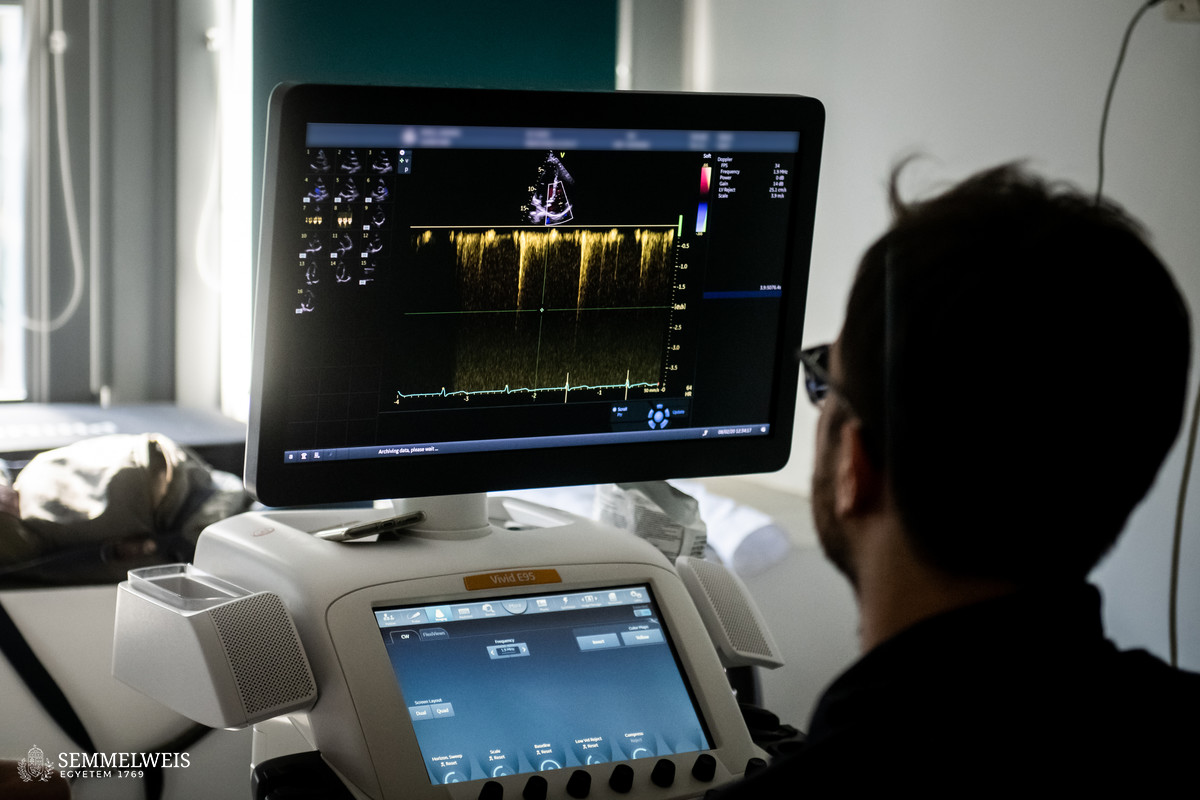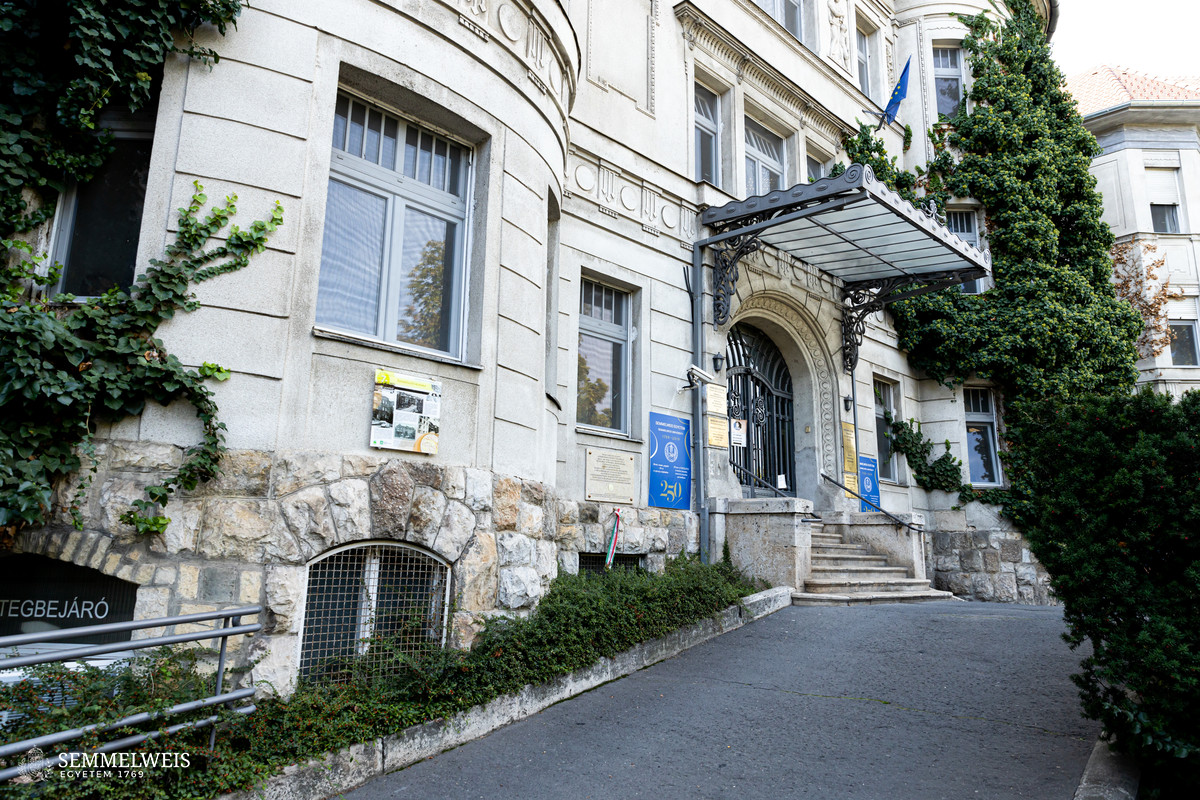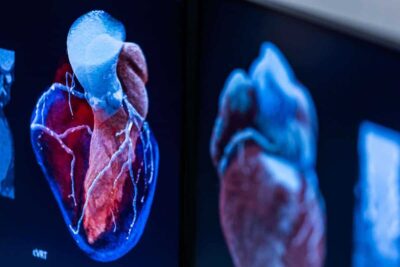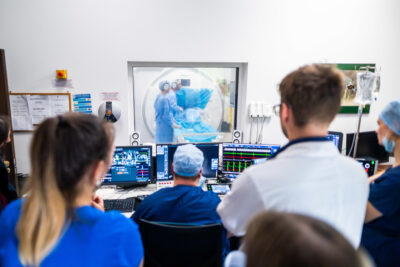Semmelweis University has been listed in the U.S. News 2024-2025 Best Global Universities Rankings in 14 medical and health sciences disciplines, as opposed to 9 last year. As in previous years, the university has again achieved its highest ranking in the category “Cardiac and Cardiovascular Systems,” improving 12 places from last year to become 31st in the world in this field, 11th in the European Union, with no Asian university ahead of it.
This means that Semmelweis has surpassed universities such as the National University of Singapore (NUS), the Karolinska Institute in Stockholm, Sorbonne University in Paris, King’s College London, or Boston University and Washington University in St. Louis in the United States. Harvard University is at the top of the list.
In terms of ranking indicators for this subject area, Semmelweis University scored particularly well in the so-called “Normalized citation impact” (citation rate in the field), where it was ranked 8th in the world. But it also ranks in the top 20 in terms of “International collaboration,” “Percentage of total publications that are among the 10% most cited,” and “Number of highly cited papers that are among the top 1% most cited.”
As Dr. Béla Merkely, Rector and Director of the Városmajor Heart and Vascular Center emphasized:
The Heart and Vascular Center is the flagship of Semmelweis University in terms of both science and patient care, a leading center in its field at a national, regional, and European level.
Today, cardiovascular diseases are still the most frequent cause of serious illness and death in the world, and especially in Central and Eastern Europe. That is why it is so important that we are excelling in this field, and that due to our scientific research we can directly contribute to improving patients’ chances of recovery and providing the best care, he said.
Dr. Béla Merkely stressed that during Hungary’s EU Council presidency, the top priority of the health sector was to combat cardiovascular diseases and to develop a common EU action plan as Hungary was committed to the prevention and effective treatment of cardiovascular diseases. He added that according to the recent ranking, Semmelweis University had managed to develop even further in the number and citation rates of scientific publications. He said he was proud that their patients received the same level of care as in any leading European or American heart and vascular center. They are among the first in the world to introduce the latest procedures, pharmacotherapies, and treatments with medical devices. To this end, the center has undergone a number of upgrades in recent years, and a new seven-story building is being added to the institution as part of the ongoing Városmajor 70 project. Among other things, the development aims to make the institution the largest heart transplant center in Europe, which is currently one of the top 10 heart transplant centers in the world, according to the International Society for Heart and Lung Transplantation (IHSLT), the international organization that keeps a record of data published by different centers on heart and lung transplantation. In addition to transplantation and other interventions, scientific research in the center, that is, individual surgical solutions, 3D research, biobanking, cell, stem cell, and animal research, could have contributed to the ranking in cardiology, Dr. Béla Merkely said.
Regarding the number of heart transplants, Dr. István Hartyánszky, Head of the Cardiac Surgery Department, said that according to IHSLT data, the COVID pandemic had caused a worldwide slowdown in procedures due to a drop in donor offers and recipient testing.
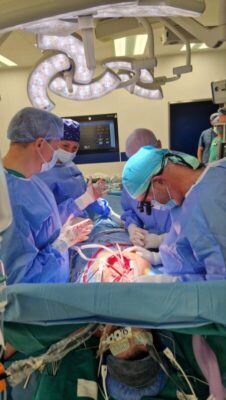 However, as a result of liaison with centers, collaboration with the Hungarian National Blood Transfusion Service’s Organ Coordination Office, continued awareness-raising, and emphasis on the importance of transplantation, the number of transplants has started to increase again; based on data for the first half of the year, we could reach 50 transplants per annum already this year, as was the case in the years before the COVID period, the head of the Cardiac Surgery Department pointed out. Other countries in the region can also benefit from Semmelweis University’s leadership role and recognition in Central and Eastern Europe. Among other things, the development of the Serbian heart transplant program is based on a cooperation agreement between the Városmajor Heart and Vascular Center, internationally renowned for transplants and cardiac surgery, and the cardiology centers of Belgrade and Novi Sad.
However, as a result of liaison with centers, collaboration with the Hungarian National Blood Transfusion Service’s Organ Coordination Office, continued awareness-raising, and emphasis on the importance of transplantation, the number of transplants has started to increase again; based on data for the first half of the year, we could reach 50 transplants per annum already this year, as was the case in the years before the COVID period, the head of the Cardiac Surgery Department pointed out. Other countries in the region can also benefit from Semmelweis University’s leadership role and recognition in Central and Eastern Europe. Among other things, the development of the Serbian heart transplant program is based on a cooperation agreement between the Városmajor Heart and Vascular Center, internationally renowned for transplants and cardiac surgery, and the cardiology centers of Belgrade and Novi Sad.
The university has also moved up from 377th to 331st position in Biology and Biochemistry; from 279th to 260th in Clinical Medicine; and from 341st to 268th in Pharmacology and Toxicology. For the first time, it is listed in Chemistry (1149th); Psychiatry/Psychology (394th); Radiology, Nuclear Medicine and Medical Imaging (181st); and Surgery (186th). Once again, the university is among the best in Cell Biology (243rd); Endocrinology and Metabolism (174th); Gastroenterology and Hepatology (172nd); Molecular Biology and Genetics (356th); Neuroscience and Behavior (414th); and Oncology (241st).
U.S. News & World Report is the oldest and best-known higher education rankings provider in the United States and the first U.S. publisher to enter the global university rankings space in 2014. Their latest international higher education rankings feature the top 2265 universities in 104 countries around the world. The rankings are based on 13 indicators selected by U.S. News to measure global research performance, as well as their weightings. In addition, the publisher, which has more than 70 years of history, produces a number of other rankings, and its national higher education rankings are known as the most influential list of institutions in the United States.
Pálma Dobozi, Ádám Szabó, Anita Szepesi
Translation: Dr. Balázs Csizmadia
Photos by Tamás Kaszás; Dr. Sasa Borovic; Attila Kovács – Semmelweis University (illustration)
